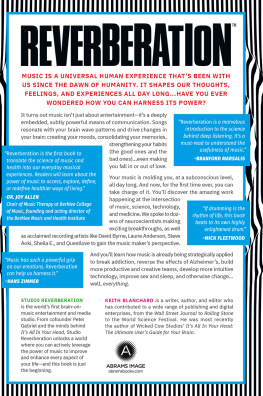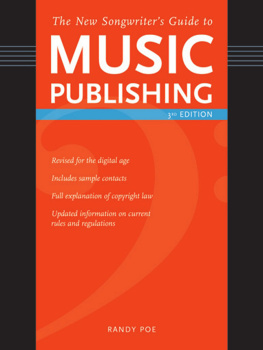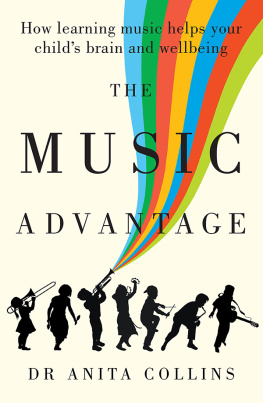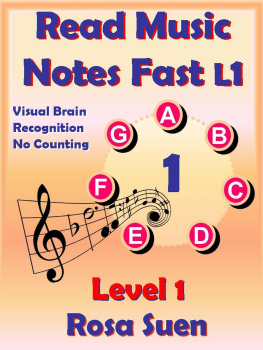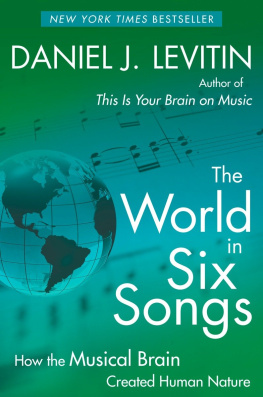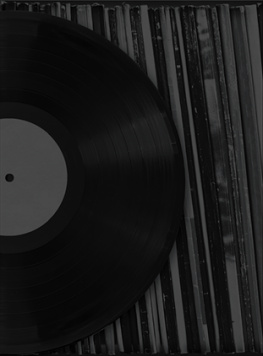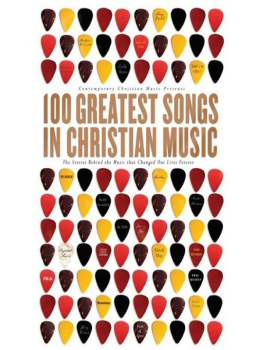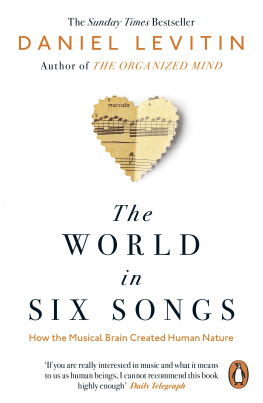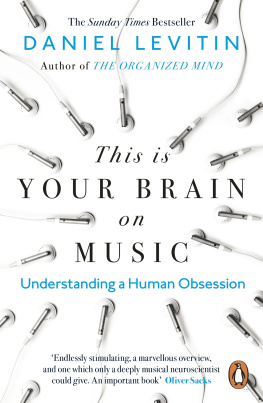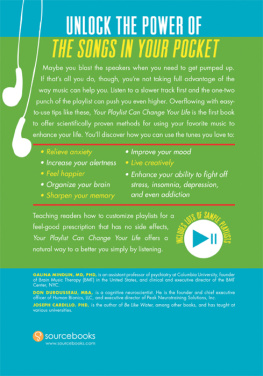Contents
Guide
Page List


HERMANNS HEAD
A NOTE FROM THE EDITOR
It was a typical Saturday night in 1978. Folks were out, my big sister, Lisa, and her friend Susan Higgins were on babysitting detail, and I was a little pest. Paradise by the Dashboard Light blared from Lisas room, and I was able to sneak in to witness the commotion.
The epic song had reached that familiar versethe Phil Rizzuto baseball partand the girls proceeded to provide me with a way-too-young-to-know, base-by-base life lesson Ive not soon forgotten. ...Hes rounding first and really turning it on now, hes not letting up at all, hes gonna try for second There I was with a big, stupid smile, soaking it all in.
It was a great first track for my own personal playlist. It never felt so good, it never felt so right.
Lisa passed away a few years later, but left me a most precious giftStyx and Zeppelin, Foreigner and Andy Gibb, The Police and Peter Gabriel, keeping her spirit alive and launching my love of music.
Now, lifetimes later, Im learning to appreciate my music in a whole new way, using learnings from neuroscience to leverage my favorite songs to improve my life in multiple ways: helping me focus, stimulating my creativity, calming me down, helping me sleep. My new journey is all about uncovering how musics magic happensand its a hell of a ride.
Joining me on this awesome journey is Peter Gabriel, himselfa giant WOW! for meand his talented daughter, Anna. Were working tirelessly to get to the bottom of all this: to discover why our brains love music so much and how, in fact, it can help us do everything we do, wellbetter.
The book in your hands is the follow-up to our first brain endeavor, Its All In Your Head, and plants our flag in the field of musicsort of a debut track kicking off what we hope will ultimately be a lengthy playlist of memorable hits.
So stay tuned as we develop this core idea into a world of multi-channel entertainment. Theres a lot more detail to follow.
Come join us on this brain train, and learn how to do everything you do better with music.
- MICHAEL HERMANN
FOREWORD
BY PETER GABRIEL
Ive always thought of my music collection as a box of pillsa toolkit for transformations. Different music serves different goals: Music can be used to take us into dance, battle, sport, ritual, sex, serenity. It can change how we function, in groups or as individuals, how our minds and bodies work, how we feel and see the world around us. Even how we see ourselves.
Once, I jumped off a tall stage during the last number of a set. A wild dancer had crossed into my line of descent, and we collided, and something snapped in my leg. I was lifted back onstage, and finished the rest of the number on my knees. The band walked off, but I remained there, unable to movethey thought I was just hamming it up. I had to be lifted off the stage, and my leg began to hurt like hell. But what was really interesting to me was that, even though I knew something was wrong, I had felt no pain at all in the last three minutes. The adrenaline provided by the music, the crowd, and performing had completely anesthetized my broken leg.
The more research that emerges, the more powerful music appears to be. In this book, we will explore the special relationship between music and the brain, the engine that processes these vibrations, sounds, and harmonies and turns them into all manner of stimuli and action. Of all the senses, sound seems to go through less mental filtering before it manifests in the body (with the exception of language, which seems to follow a much more circuitous route). Low frequencies can vibrate our bodies directly, and the rest of the frequencies seem to coax out specific feelings without a lot of mental effort. We try to make sense of all the inputs, create order out of chaos, work out who we are and where we need to go, and find some meaning in the cacophony that bombards us.
Pattern recognition appears to be one of the principal functions of the brain, and the ability to synchronize your brain to a musical rhythm is present across cultures. When we listen to music, we are detecting and anticipating its form, trying to find a match with anything else in our memories and social filters. Repetition of soundin rhythm, harmony, melody, or wordscan hold a special power. How many times do you do something before it gets boring...and can you transcend that boredom and use the repetition to take you somewhere else?
We used to have a house in Senegal, where music and dance are still as much a part of everyday life as food. I saw a mother teaching her baby, who could barely stand, how to dance. She was clicking her tongue while her baby moved in time with a big smile, flapping his arms and bouncing up and down. Although I am not known for my skills as a dancer, I was always being invited into the center of the dance circle. In Senegal, being an awkward white man is no excuse for not dancing, singing, or playingits just what you do. There is so much freedom in surrendering to the power of music and allowing it to take your body and mind to places you dont normally go.
When writing songs, I am very conscious of what feelings I am aiming to create, and occasionally I will have a very specific goal. A song like I Grieve was intended to give people a tool to help them come to terms with loss. I had been looking for something that could help me, and I hadnt found what I was looking for. In most spiritual traditions, a search for such meaning is associated with silence: a voluntary choice to look for more with less. Does a sound mean more when served in silence, like a drop of water in a pool? Context is another important factor when trying to unravel these mysteries of music and mind.
We are entering an age of big changes: biomonitoring, genetic manipulation, artificial intelligence, andpotentially the most disruptive of allthe BCI, or brain-computer interface. Whether we connect directly to the circuits of the brain or access them noninvasively, extraordinary things are already happening as this new frontier opens up. The ability to read, write, and translate brain activity is about to turn the world upside down.
It will also help clarify how the sensory inputs activated by music can be engaged to change our behavior. Many years ago, we did a show called The Lamb Lies Down on Broadway, and my plan for the beginning was to take brain and body readings from each member of the band and turn them into music. It was 1974, and the technology wasnt yet able to deliver what I had imagined. Today, its all thereand more. If we choose, we can all become the creators of our own self-generated sound and light show, which, using some smart AI, we could learn to design ourselves to serve our needs at any time. Bringing AI into the musical mix will allow us to turn our own brain activity into self-generated music: less deejay, more me-jay.
We all have different ways of interacting with music, and for many of us, listening is just something we do without a lot of thought, like breathing. But if we can start to understand this mercurial stuff called music a bit better, it might give us a powerful toolkit to deploy whenever and however it is neededmusic as medicine, as educator, as therapist. This book is not going to provide all the answers, but I hope it will allow us to ask better questions.

